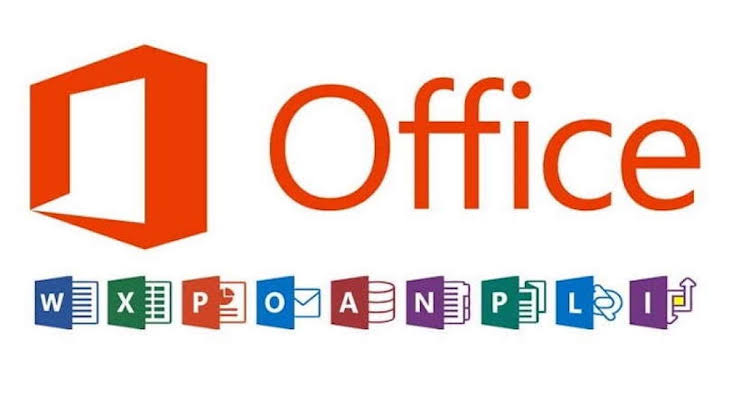Microsoft Office is one of the most widely used productivity suites in the world, offering a wide range of applications that are designed to help users create, edit, and manage documents, spreadsheets, presentations, and more. Over the years, Microsoft has released several versions of Office, each with its own unique features and capabilities. In this article, we’ll take a comprehensive look at the different versions of Microsoft Office and the features that make them unique.
- Importance of understanding different versions of Microsoft Office
understanding the different Microsoft office versions can help users make informed decisions when upgrading or purchasing new software. For businesses, it is essential to ensure that all employees are using the same version of Microsoft Office to maintain consistency in document formatting, compatibility, and collaboration.
- Microsoft Office 365:
Microsoft Office 365 is the most recent and comprehensive Office Version suite, which is based on a subscription model. With Office 365, you get access to all the standard Office applications like Word, learn Microsoft Excel, PowerPoint, and Outlook, as well as a range of additional services such as OneDrive cloud storage, Microsoft Teams, and Skype for Business.
- Microsoft Office 2019:
Microsoft Office 2019 is the latest version of Office that can be purchased outright, with no subscription required. It includes all the standard Office applications like Word, Excel, PowerPoint, and Outlook, as well as some additional features such as new chart types in Excel, new Morph and Zoom capabilities in PowerPoint, and improved inking features across all Office apps. One of the major differences between Office 2019 and Office 365 is that Office 2019 does not receive any updates after its initial release, so you’ll need to purchase a new version of Office to access the latest features.
- Microsoft Office 2016:
Microsoft Office 2016 was released in September 2015, and it includes all the standard Office applications like Word, Excel, PowerPoint, and Outlook, as well as new features like improved collaboration and sharing tools, enhanced data analysis features in Excel, and new chart types in PowerPoint. One of the key benefits of Office 2016 is that it is compatible with Windows 7, 8, and 10, as well as Mac OS X 10.10 and later.
- Microsoft Office 2013:
Microsoft Office 2013 was released in January 2013, and it includes all the standard Office applications like Word, Excel, PowerPoint, and Outlook, as well as new features like improved cloud integration, enhanced support for touch devices, and new design options in PowerPoint.
- Microsoft Office 2010:
Microsoft Office 2010 was released in June 2010, and it includes all the standard Office applications like Word, Excel, PowerPoint, and Outlook, as well as new features like improved graphics and media editing tools, enhanced collaboration and sharing tools, and improved security and privacy options. One of the key benefits of Office 2010 is that it includes support for Windows 7, making it ideal for users who want to take advantage of the latest features in Microsoft’s operating system.
Conclusion:
Microsoft Office is a powerful suite of applications that is designed to help users create, edit, and manage documents, spreadsheets, presentations, and more. Whether you are a student, a professional, or a small business owner, there is a version of Office that is right for your needs. From the comprehensive Office 365 subscription to the standalone Office 2019, each version of Office offers a unique set of features and capabilities to help you get the job done. So, whether you’re looking for enhanced collaboration tools, improved data analysis capabilities, or better integration with the cloud, Microsoft Office has you covered.








